
Rob Benson
How to prepare for everything. Supplies & gear for emergency scenarios. Prepper + Survival + Camp + Homestead + Hunt + Punk Rock
Recent Posts
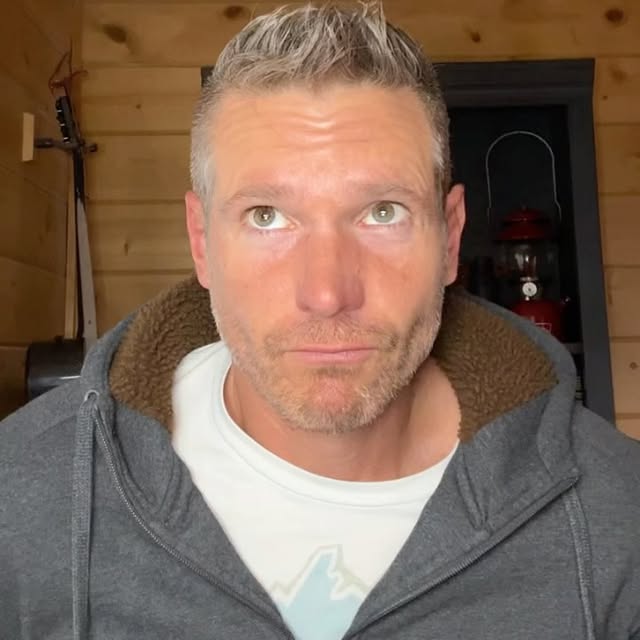

On this weeks episode we welcome Rob Benson to the Born Primitive Outdoor Podcast. Rob is an outdoorsman living in the Colorado mountains, where is focuses on survival and apocalypse prep (being ready for anything). Along with some camping, hunting, homesteading, survival talk, this made for a very cool podcast, with all sorts of topics covered! Can’t thank Rob enough for taking time to jump on the podcast. Hope everyone enjoys Episode 006 with Rob Benson on the Born Primitive Outdoor Podcast.
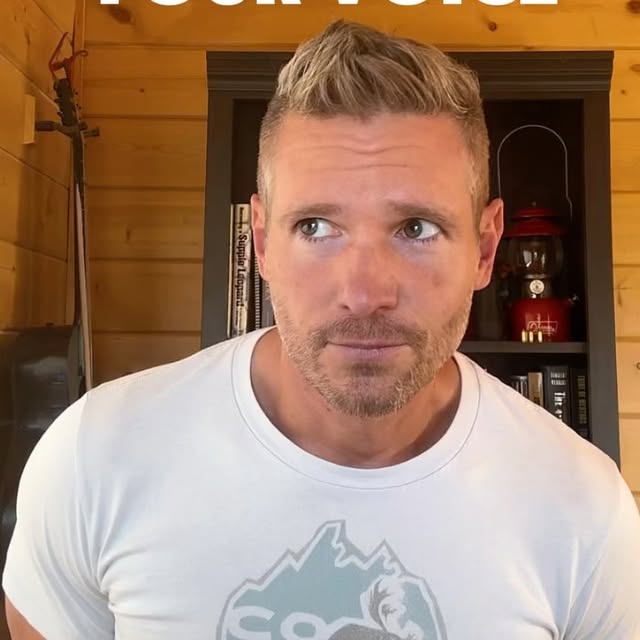

Comment: PLAN (for the self managed insurance plan and the 16 page PDF printable) Real changes can impact you—be prepared: Supply Chain Issues: Stock up on essentials like non-perishable food, water, and medical supplies. Learn preservation techniques and have the right tools. Keep multi-purpose chemical compounds like sodium bicarbonate, vinegar, iodine, and calcium hypochlorite on hand. Civil Unrest: Secure your property, develop skills with necessary tools, and stock more ammunition than you think you’ll need. Power Outages: Invest in alternative power sources like generators, solar, and battery backups. Understand what it takes to stay warm, especially in winter. Major Crises: Whether it’s war, financial collapse, EMPs, or cyberattacks, have a family plan. Know how you’ll react. I’ve shared more on my blog about creating a Self-Managed Insurance Plan to help you stay ready. You can also download a 16-page emergency care document to organize your preparedness.
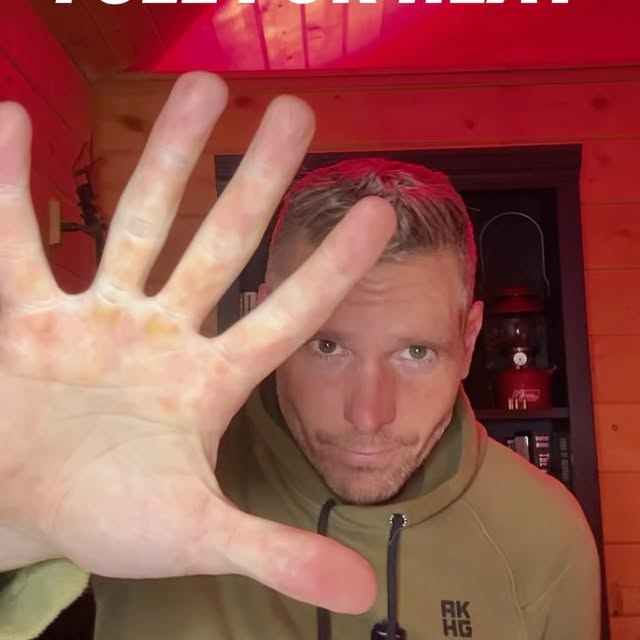
5 sources of fuel to keep you warm: Seasoned Firewood: Perfect for wood-burning stoves or open fireplaces. A classic, reliable option. Propane: Stores indefinitely and works in a variety of heaters. Compact and versatile for emergencies or everyday use. Coal: Offers high heat output and long burn times. Just make sure to store it properly to avoid degradation. Compressed Wood Logs or Pellets: Efficient and less messy than firewood. I’ve been considering adding a pellet stove as a third heating source alongside our propane furnace and wood stove. Alcohol-Based Fuels: Great for portable heaters or small stoves. Clean-burning, easy to use, and ideal for indoor use with ventilation. Bonus: Diesel and Old Motor Oil Diesel is super reliable if you have the right equipment. If you’re like me, you probably already have some stored. Waste oil heaters are another option for burning old motor oil—great for repurposing what would otherwise go to waste. What’s your favorite fuel source for keeping warm? Anyone using a waste oil heater?

The more prepared you are, the less fear you have. As you develop skills and an understanding of how to use the right equipment or resources you have access to, you gain an advantage; especially today when most men are weak and misinformed. You cannot control the world around you, only how you react.

What’s in the blog post at BuckhornCliffs.com? My Iodine Recommendation Water Purification Wound Disinfection Food Disinfection The Difference Between Iodide and Iodine MIRA Safety EVAKPAK Plus Kit Personal Prescription Medication Supplies Potassium Iodide Tablets Uses of Lugol’s Iodine for Health

🤯 #DiamondBattery #NuclearEnergy #SustainablePower #LongLifeTech #EnergyInnovation

Need to put out a fire? Here’s what you need to know: Ordinary combustibles (paper, wood, clothing): Use water to cool and extinguish or a Class A fire extinguisher. Gas, oil, or grease fires: Smother with a Class B extinguisher, fire blanket, dirt, or sand. Never use water—it’ll spread the fire. Electrical fires: Cut the power first. If the power is off, water or a Class C extinguisher can work. For small fires, use a fire-resistant blanket or sand. Combustible metals: No water. Use a dry powder extinguisher designed for metal fires. Cooking oil fires (on the stove): No water. Use a Class K extinguisher or smother with a metal lid. Baking soda can extinguish small kitchen fires—just avoid throwing sugar, flour, or salt on the flames. They’re flammable.
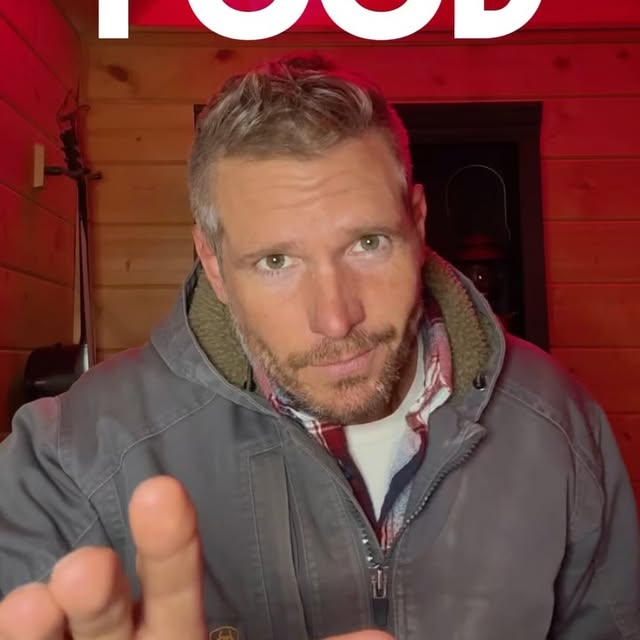
Food is a basic need, second only to water in preparedness planning. It’s also a powerful tool—for survival and influence. Smart planning can disrupt prolonged protests by blocking access to food, forcing crowds to disperse. Food control has been used as a war strategy for centuries. Yet most people don’t think about food security until it’s gone. Hunger worsens conflicts and drives desperation, so planning is essential. Here’s my recommended food storage list: Freeze-dried foods: Retains nutrition, lasts 20+ years. Dehydrated foods: Rice, beans, powdered items—10 to 20 years. Canned beef: Protein-rich, 5 to 10 years. Canned veggies: Shorter shelf life but essential. Honey & salt: Indefinite shelf life. Canned fish, dried herbs, and spices: Flavor and nutrition boosters. Storage tips: Cool, dark, dry spot. Limit oxygen with vacuum-sealed Mylar bags or home-canned goods in glass jars.
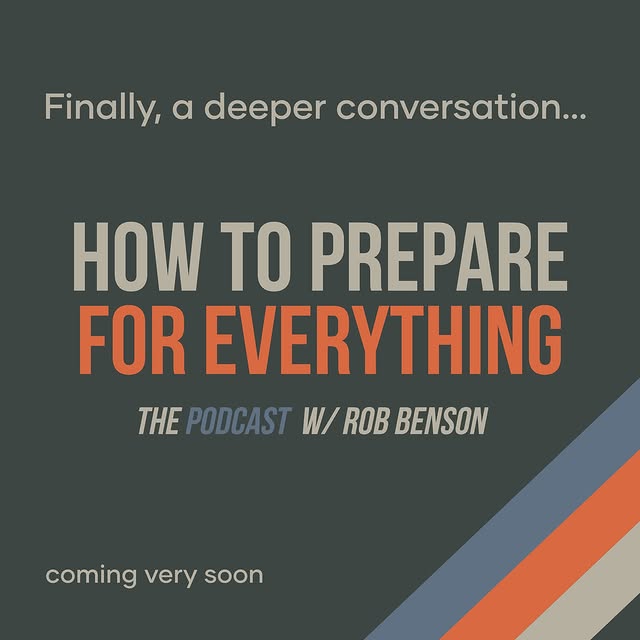
“How to Prepare for Everything” is your go-to podcast for practical advice and actionable strategies to navigate life’s uncertainties. From natural disasters to supply chain disruptions and societal challenges, we cover everything you need to stay ready, self-reliant, and confident in any situation. Each episode dives deep into preparedness essentials, self-sufficiency skills, and the mindset to thrive when the unexpected happens. Whether you’re an experienced prepper or just starting your journey, tune in (very soon) to learn how to build your own Self Managed Insurance Plan and be truly prepared for everything.
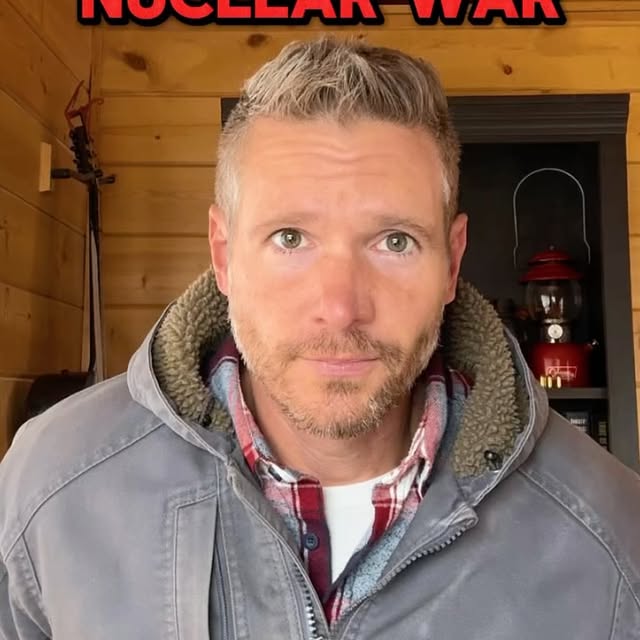
The development of nuclear weapons during WWII led to Hiroshima and Nagasaki in 1945, and by 1949, the Soviet Union had successfully tested its first bomb. The ensuing arms race brought us the Cuban Missile Crisis and the chilling concept of Mutually Assured Destruction (MAD): if one starts, it ends badly for everyone. Over time, nations like India, Pakistan, and North Korea joined the nuclear club, and today, tensions are rising again. The military-industrial complex keeps fueling these fires—while doomsday bunker sales are skyrocketing, especially in the UK. If this topic interests you, I highly recommend Nuclear War: The History of Nuclear Weapons and Their Potential Devastation. It offers a fascinating look at how we reached this point and the catastrophic consequences of nuclear war. Nuclear war is a real possibility.
Similar Influencers

Nikole Goncalves | Healthy Food + Lifestyle

Armen Adamjan

MindsetHealer

Attic Fanatics

RSMS PEST CONTROL

Yahya Kaludi | Civil By Yahya Sir

Banwet Waterproofing Info

PRIME PHYSIQUE | HEALTH | BIOHACKING | GYM

Manorama Online

Shipshape

SATYA ELECTRICALS

PS Electronica (E+AutOff)

Fast Company

orunattapranthan | Malayali Tech Enthusiast

Subsidence Ltd

Aeroo Shield

SafeQ

Cairns Cleaning League

Brent Fletcher

dr cardio

Barbara O’Neill

Saintly Care

Justin Ford STR Safety Expert

SWELL Home Inspections

Royaltyautoservice

USDOT NHTSA

America Saves Money

Byron Lazine

Wealthfront
